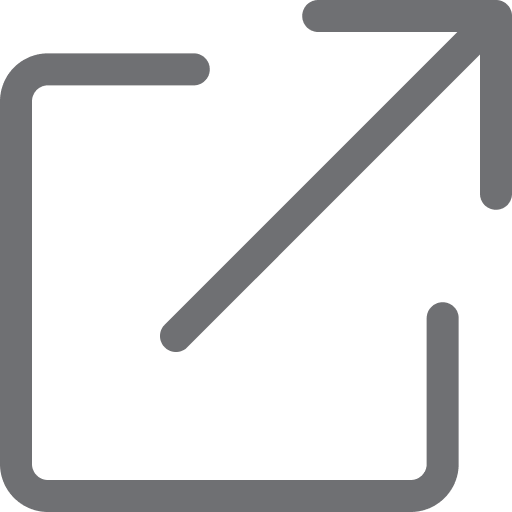Is the COVID-19 situation causing you to feel stressed about your finances? If so, you’re not alone, 74% of our members are feeling anxious right now according to our recent survey.
Taking the time to plan ahead is the best way to keep your options open and feel more in control of the situation. We know that putting together a budget isn’t always pleasant, but we’re here to help you through this.
Step 1: Determine Your Income
First, figure out how much money you have coming in. The tax deadline may be extended, but you’ll still want to know the amount you’ll have after you pay taxes and any other deductions. In addition to any pay from work, don’t forget about other sources of income. If you receive any government benefits like the Canada Child Tax Benefit, make sure you add it in too.
Your income may change monthly or even weekly. That’s okay. You can put together a “low” option where you don’t have as much money, and an “average” that’s more typical.
Step 2: List “Needs”
Next, look at your statements and make a list of all the things that are necessary for everyday living. We don’t know how long isolation might last, so include everything and then make estimates. Items could include:
Rent or mortgage
Utilities - water, electricity, gas
Car payments
Credit card, loan and other debt - include at least the minimum payment
Property tax
Public Transportation
Gas
Home and car insurance
Out-of-pocket medical costs and prescriptions
Cell phone
Internet
Groceries
Toiletries and household items (hopefully you’re already stocked up on toilet paper!)
Once you’ve got a list of all “needs”, add them up. If you pay any bills twice a month or every two weeks, remember to include all the payments.
Step 3: List “Wants”
Next, add up all the things that you could (if you needed to) live without:
Cable, Spotify, Netflix, Disney+ and other streaming services
Subscriptions - apps, magazines, newspapers, etc.
Takeout and delivery
Alcohol, tobacco, vaping
Clothing, homewares etc
Gym memberships, clubs
Add up all your spending on “wants” - again, remember to add up how much you’d spend for the entire month.
Step 4: Put It All Together
At this point, you should have three numbers from the three steps above:
Your income
Your needs
Your wants
The last step is to take your income, and subtract your needs and wants. Let’s look at an example:
Your income: $2,000
Your needs: $1,800
Your wants: $300
INCOME: $2,000
-
NEEDS: $1,800
-
WANTS: $300
=
TOTAL: -$100
In this situation, the person’s income ($2,000) isn’t enough to cover their expenses ($1,800 + 300 = $2,100). At the end of the month, this person is short $100.
If you have more income coming in than you anticipate spending, put it aside (preferably in a high-interest savings account - check out our bank account recommendations) so that you can use those funds if you need them in the future.
What To Do If Income Doesn’t Cover Expenses?
If there is a shortfall, take a look at your “wants” first. Cancel any subscriptions you don’t use, then check your bank account and credit card statements to see if you’re paying for anything you might have forgotten about.
In these tough times, you may have to take a hard look at your “needs” and also make cuts. Thankfully, many companies are offering payment plans for bills given the COVID-19 situation. Take the time to look at each website and contact your bank, and other lenders to see what they’re offering and whether you can delay paying for a few months.
You can also try to increase your income. While many people have lost jobs, other companies are hiring, if you’re able to work. Loblaws, Save-On-Foods and Walmart all announced they are hiring additional staff during this time.
We don’t suggest taking on additional debt unless absolutely necessary. Low interest credit cards are one possibility if you find yourself needing a short-term bridge for necessities. Everyone's situation is different. Become a Borrowell member and find the options that match your credit profile and likelihood of approval - it's completely free.
The Bottom Line
Times are definitely tough, but sometimes knowing where you stand and making a plan can help relieve the anxiety of not knowing at all.

Trusted by over 3 million Canadians, Borrowell provides free weekly credit scores and report monitoring, personalized financial product recommendations and affordable tools to help you build your credit. Sign up for your free Borrowell account today on borrowell.com, or download the mobile app for Android or iOS.





